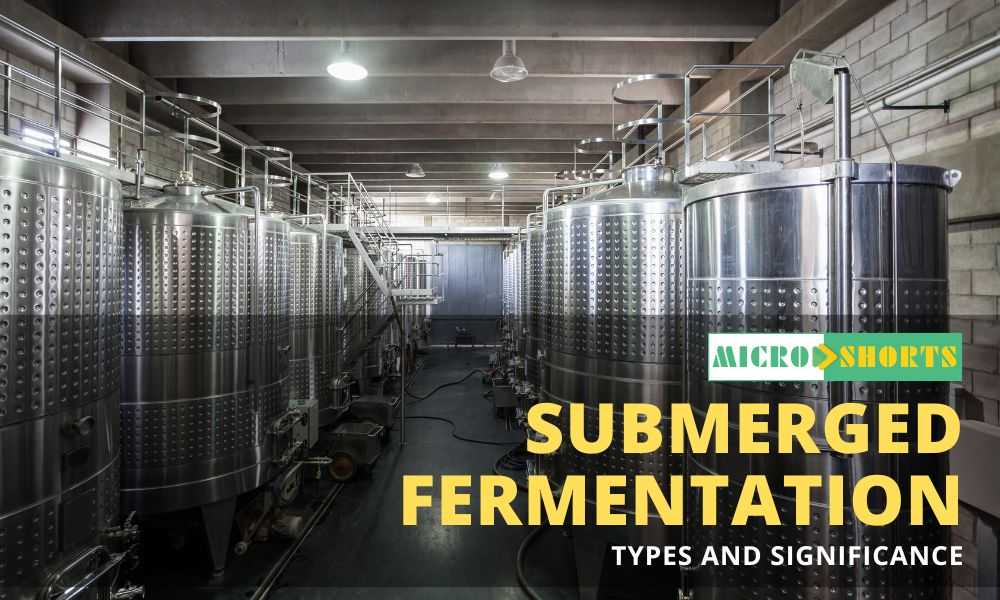Introduction
The term “solids” is generally used when referring to any material suspended or dissolved in water or wastewater that can be physically isolated either through filtration or through evaporation. Solids can be classified as either filterable or non-filterable. Filterable solids may either be settleable or non settleable. Solids can also be classified as organic or inorganic.
Total Solids is the term applied to the material residue left in the vessel after Evaporation of a sample and its subsequent drying in an oven at a defined temperature. Measurement of Solids can be made in different water samples (industrial, domestic and drinking water) and it is defined as residue upon evaporation of free water. Thus, Total solids are nothing but summation of total dissolved solids and total suspended solids.
Principle:
Suspended and dissolved impurities are commonly present in surface water. A well-mixed sample is filtered through standard whatman No.1 filter and filter is evaporated to dryness in evaporating dish, dried at 103 –
105 oC. Increase in weight of dish represents “Total dissolved solids”. The residue on filter paper is dried at 120 oC. Increase in weight of filter paper represent “Total suspended solids” in water.
Requirements
1) Water sample
2) Buchner filter Assembly
3) Dessicator
4) Whatman filter paper no-1
5) Evaporating dish (Crucible)
6) Hot air oven
7) Analytical Balance
Procedure
·
Preparation of crucible or evaporating dish:
Heat clean dish to 180o C for 1 hour in hot air oven. Store in a
dessicator until needed.
·
Set Buchner filter assembly.
·
Take about 10 ml sample and filter through
Watman filter paper No.1.
·
The dissolved solids are filtered out and go to
the filtrate.
·
Take about 10 ml filtrate in a pre weighed
crucible.
·
Place the crucible in hot air oven preset at 180o
C.
·
Dry the sample for at least 1 hour in an oven.
·
Cool in a desiccator for at least to balance
temperature and weight.
·
Repeat drying cycle until a constant weight is
obtained or weight change is less than 4% of previous weight or 0.5mg whichever
is less.
·
Calculate TDS/lit of given water sample.
Advantages of total dissolved solids
Total Dissolved
Solids (TDS) is a measure of the concentration of dissolved substances in
water. While high TDS levels in drinking water can indicate potential water
quality issues, there are also some advantages to having a certain level of TDS
in water:
Mineral Content: TDS often consists of
essential minerals like calcium, magnesium, and potassium. These minerals
contribute to the taste and overall quality of water, making it more palatable.
Drinking water with some mineral content can also provide trace elements
necessary for human health.
Flavor
Enhancement: In some cases, moderate TDS levels can enhance the flavor of
water, making it more enjoyable to
drink. Many people prefer the taste of water with a slight mineral content.
Potential Health
Benefits: Consuming water with moderate TDS levels can provide some health
benefits. For example, calcium and magnesium in water can contribute to your
daily intake of these minerals, which are important for bone health and muscle
function.
Hydration: Water with a moderate TDS
level is still effective at hydrating the body. In fact, the minerals in water
can aid in maintaining electrolyte balance, which is essential for proper
hydration.
Reduced Corrosion: Very low TDS levels
in water can be aggressive and corrosive, potentially damaging plumbing and
infrastructure. Having some dissolved solids in water can reduce this corrosive
potential.
Enhanced Brewing: In industries such as
brewing and winemaking, TDS can influence the taste, texture, and quality of
the final product. Brewers and vintners often pay attention to TDS levels to
achieve desired outcomes.
Indicator of Water Quality: While high
TDS levels may indicate water quality issues, monitoring TDS can be a useful
tool for assessing the overall quality of water sources. It can help identify
contamination or salinity problems in water supplies.
It's important to
note that the advantages of TDS are generally associated with moderate levels.
Extremely high TDS levels, especially in drinking water, can be a sign of pollution
or excessive mineral content, which may have health or taste-related
disadvantages. Therefore, the ideal TDS level in water can vary depending on
its intended use and local water quality standards.
Limitations of total suspended solids
Total Dissolved
Solids (TDS) is a measurement used in water quality assessment that quantifies
the concentration of dissolved inorganic and organic substances in water. While
TDS can provide valuable information about water quality, it has certain limitations
and considerations to keep in mind:
Lack of Discrimination: TDS does not
provide information about the specific constituents present in the water. It
only gives a cumulative measurement of all dissolved substances. Therefore, it
cannot differentiate between harmful pollutants and essential minerals.
Limited Organic Compound Detection: TDS
primarily focuses on inorganic ions and minerals. It may not detect certain
organic pollutants, volatile organic compounds (VOCs), or synthetic chemicals
that can be harmful to human health and the environment.
Variable Impact on Water Quality: The
impact of TDS on water quality depends on the specific constituents present.
High TDS levels can be due to beneficial minerals like calcium and magnesium or
harmful contaminants like heavy metals or industrial pollutants. Therefore,
interpreting TDS values requires additional information about the water source
and constituents.
Seasonal and Geological Variability:
TDS levels can vary seasonally and geographically due to factors such as
precipitation, evaporation, and geological formations. This makes it necessary
to establish baseline values for specific regions and times of the year.
Taste and Aesthetic Issues: High TDS
levels can lead to undesirable taste, odor, or scaling in drinking water. While
these issues are not necessarily indicative of health risks, they can affect
consumer acceptance and water utility operations.
Incomplete Water Quality Assessment:
Relying solely on TDS measurements may provide an incomplete picture of water
quality. It's essential to consider other water quality parameters like pH,
turbidity, specific ions (e.g., chloride, sulfate), and microbiological
contaminants (e.g., bacteria, viruses) to comprehensively assess water quality.
Health Guidelines and Regulatory
Compliance: TDS is not typically regulated as a primary drinking water
standard. Instead, specific maximum contaminant levels (MCLs) are established
for individual constituents within TDS, such as arsenic, lead, or nitrate.
Compliance with these individual MCLs is crucial for ensuring safe drinking
water.
Environmental Impact: Elevated TDS
levels in natural water bodies can harm aquatic ecosystems, leading to
decreased oxygen levels, impaired reproduction of aquatic organisms, and
altered habitats. It is essential to consider the ecological impact of TDS in
such cases.
In summary, while TDS is a useful parameter for assessing water quality, it should be used in conjunction with other measurements and information to gain a comprehensive understanding of water quality and potential health and environmental concerns. Specific constituent analysis and compliance with regulatory standards are necessary for a complete assessment of water safety.
Reference
• Clesceri L.S., Greenberg A.E., Eaton A.D. (1998) Satandard methods for the examimnation of water and waste water. 23rd edition APHA.
- Kulkarni P.D. Laboratory manual in environmental engineering. Jaico Publishing House. Bombay.








Comments